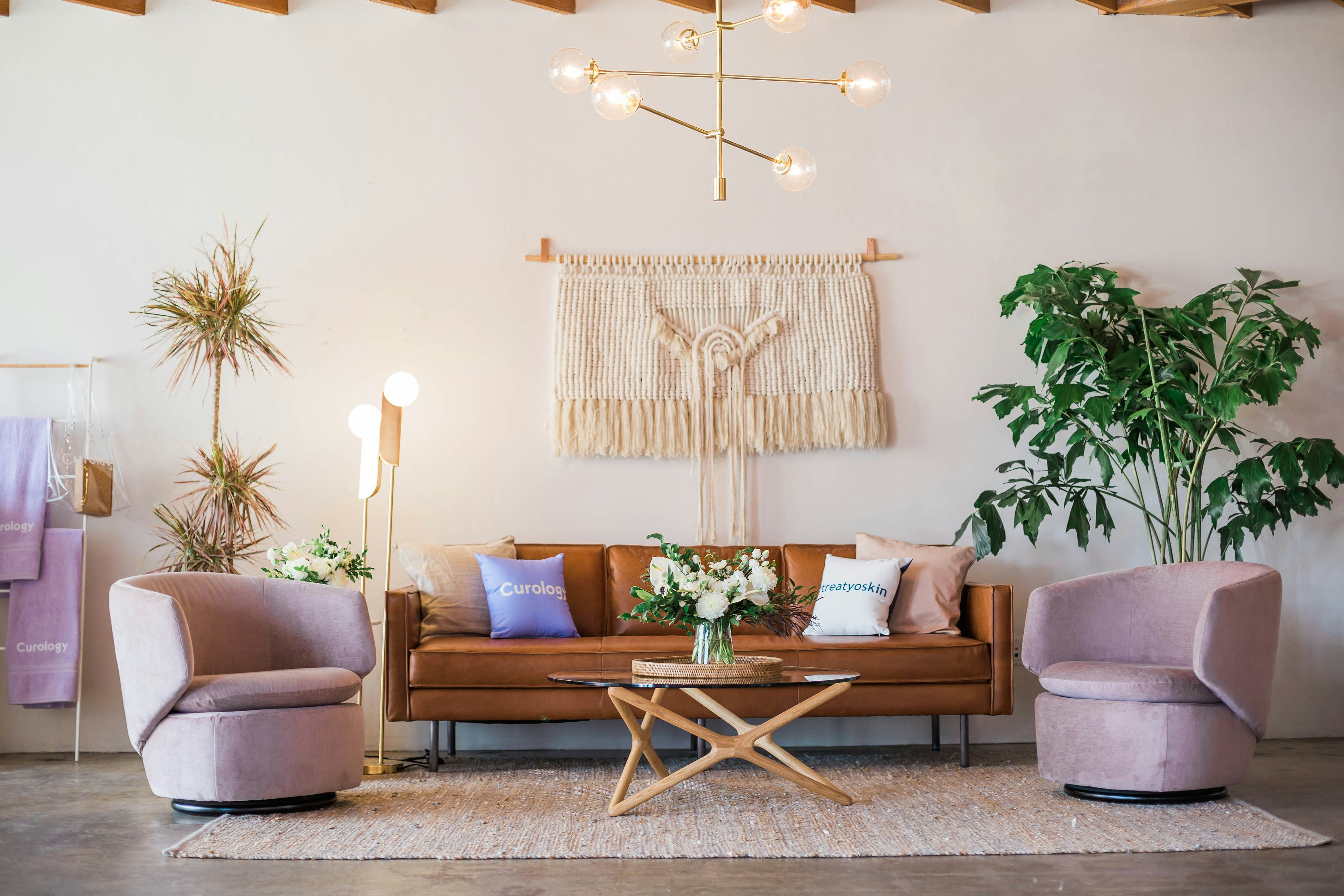The Ripple Effect: How Organic Shapes are Reshaping Modern American Homes
Is your living space primed to embrace the latest design sensation? Organic shapes – effortless and fluid – are revolutionizing the US home décor scene, gently morphing the way we conceptualize our surroundings and how we interact with them!
Modern Design Shaken, Not Stirred: Emergence of Organic Shapes
The genesis of the organic shapes trend reverberates back to the 20th century, where the influence of Art Nouveau and Modernism sparked an appreciation for nature-inspired lines and asymmetry. After decades of industrial design favoring straight-lines and rigid structures, a holistic shift is unraveling, heralding the comeback of undulating waves, soft curves, and irregular forms.
Organic shapes draw their ethos from nature – think meandering rivers, blooming flowers, or the gentle roll of hills. This form, free from the constraints of symmetry, confers a unique freedom of expression on designers, instigating a new paradigm of design interpretation and application in the home and garden sphere.
Riding on the Wave: Organic Shapes in Contemporary Design
The incorporation of organic shapes in contemporary American homes infuses fresh layers of complexity and creativity, bridging the gap between the indoors and the outdoors. Biophilic designs, combining functional aesthetics with an innate human desire for nature connection, forms the mainstay of this movement.
From organically contoured furniture, irregularly shaped mirrors, to fluid-patterned wallpapers—splashes of rounded, wavy, blob-esque forms are increasingly making their way into the American domestic landscape.
The use of organic shapes also applies to landscaping practices, veering from the traditional straight hedges and manicured lawns, to crafting meandering pathways, fluid water features, and naturally shaped garden beds.
Practicality meets Aesthetics: A Shift toward Organic Design
Organic shapes are more than just eye candy. Research reveals that environments mimicking nature’s organic architecture stimulates our sense of wellbeing, reducing stress and enhancing life quality. Biophilic elements in design inherently carry a calming effect, introducing a peaceful sanctuary vibe in modern homes.
The market trend reflects this shift, with furniture and décor industries experiencing an increased demand for pieces with naturally flowing elements. Organic shaped kitchen countertops, sweeping stairwell designs, and abstract carpets are all the rage.
Making Waves: Incorporating Organic Shapes in Homes
Inviting organic forms into living spaces devised a new layer of design spectrum. Incorporating rounded furniture in living rooms softens the traditionally rigid space, endowing it with a relaxed, informal vibe. Blobby, free-flowing ceramics create intriguing visuals in kitchens and bathrooms while also serving practical purposes.
In outdoor spaces, garden structures like pergolas and arbors can be redesigned with flows and curves, deviating from the conventional angular forms, to stand as stunning nature-inspired focal pieces.
Understanding the art of juxtaposing organic forms with geometric elements is vital in striking a design balance. A random rug with a fluid pattern against a sharp-lined furniture setting, or a wavy mirror frame amidst straight-lined wall designs, can evoke a unique mix of comfort and intrigue.
The Future Looks Wavy: Organic Shapes Define Tomorrow’s Design
As American homes transition from the limits of defined spaces into arenas embracing flexibility, the organic shapes trend demonstrates a promising prospect. Synthesizing the fluidity of natural elements with modern design principles, this movement succeeds in crafting living spaces that soothe, inspire, and captivate. Amid the flux of interior design trends, organic shapes etch an enduring appeal, defining the trajectory of future home designs.





